News and Updates About Federal Financial Aid & the FAFSA: Students | Practitioners
Webinars & Blogs
.png)
uAspire’s 2023–24 Impact Report Is Here!
In the Media
.png)
Key Questions for Financial Aid Offer Review Conversations
Blogs
.png)
Tips for Building Financial Aid Offer Review into the College Timeline
Blogs
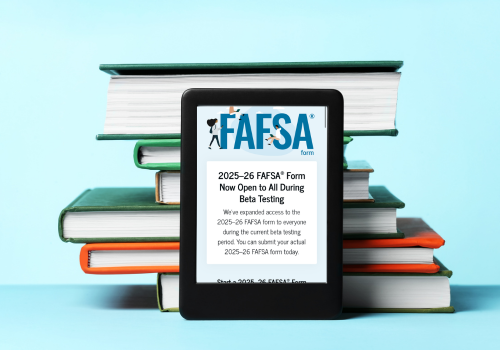.png)
Our Experiences and Challenges with the 25–26 FAFSA
Blogs
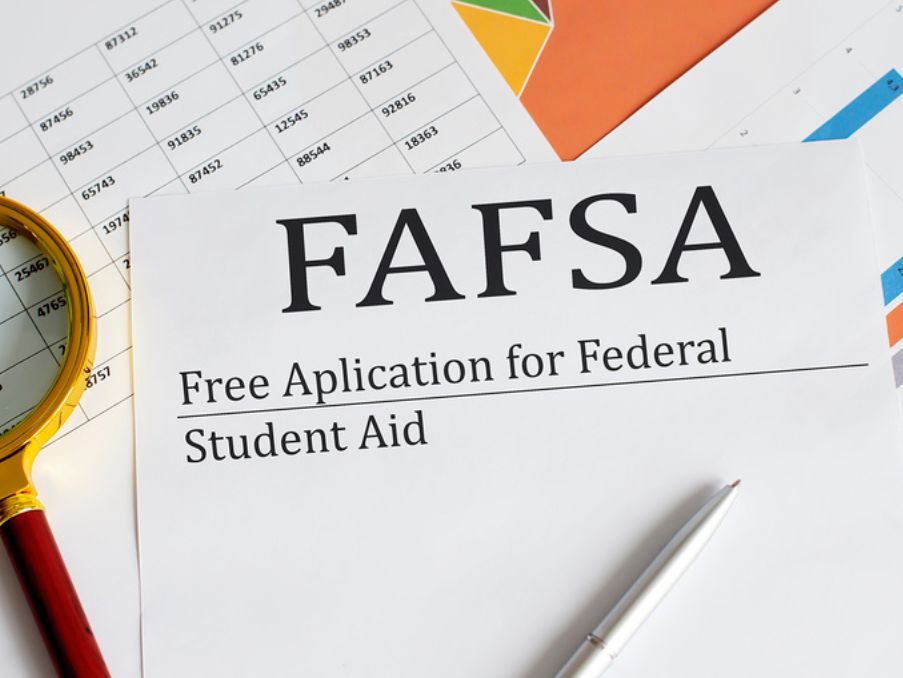
FAFSA Follow-up and Accessing FAFSA Data
Blogs
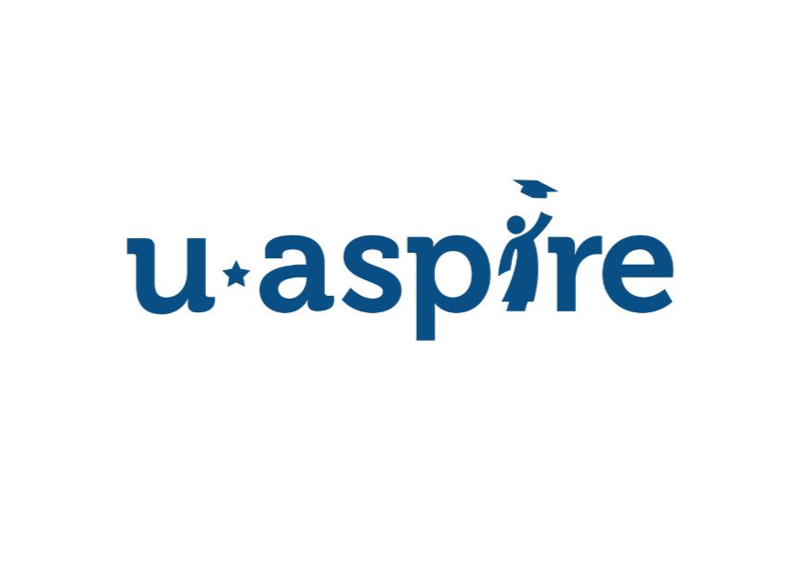.png)
uAspire Receives $3.4 Million Grant from Crankstart
In the Media
.png)
Selected for Verification? Tips to Help You Complete the Process
Blogs
.png)
Colleges Expand Financial Aid Programs With Prices Near $100,000

Financial Aid Events
For Students
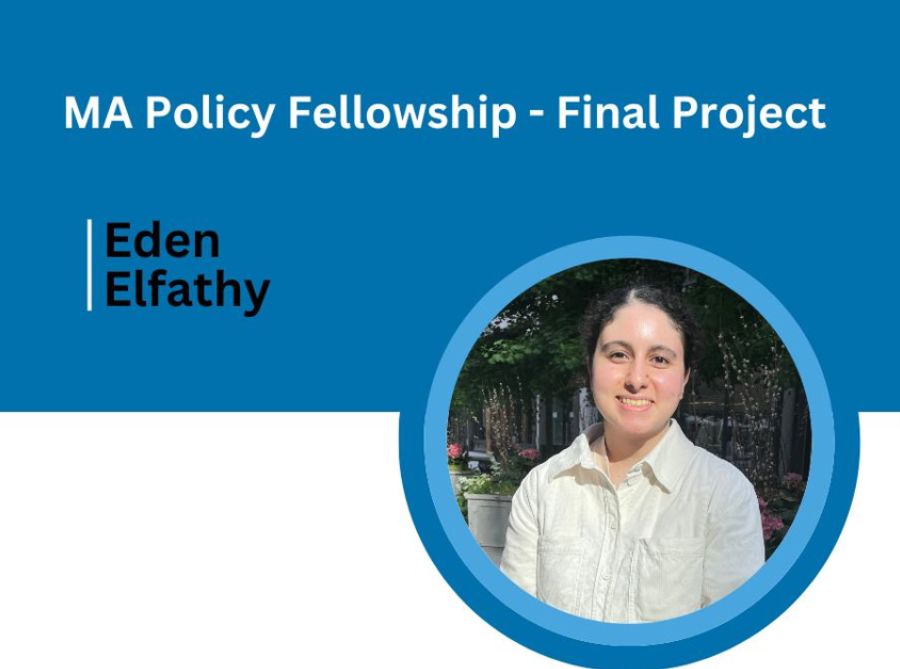.png)
Simplification for a Better Education
Policy
.png)
Navigating Financial Aid Alone- A low-income first-generation student of color perspective on Univer
Policy
.png)
Chutes and Ladders: Falling Behind and Getting Ahead with the Simplified FAFSA
Blogs
.png)
I Tested the Latest FAFSA. It Works Fine. Don’t Celebrate Yet.
.jpg)
What Practitioners Need to Know about the CSS Profile
Blogs
.jpg)
Best Practices for Supporting Students with Their Scholarship Search

What to Expect When the 25-26 FAFSA Launches
.png)
uAspire Appoints New CFO, Casandra I. Scales
Blogs
.png)
Welcome Fall 2024 Policy Fellows Cohort!
.png)
Incorporating College Affordability into College List Creation Conversations
.jpg)
In first year, tuition-free community college program yields data
In the Media
.jpg)
Pennsylvania launches new free resource to help students, families fill out FAFSA form
In the Media

2025-26 FAFSA: What We've Learned and Our Recommendations

The price of college shouldn’t be a guessing game
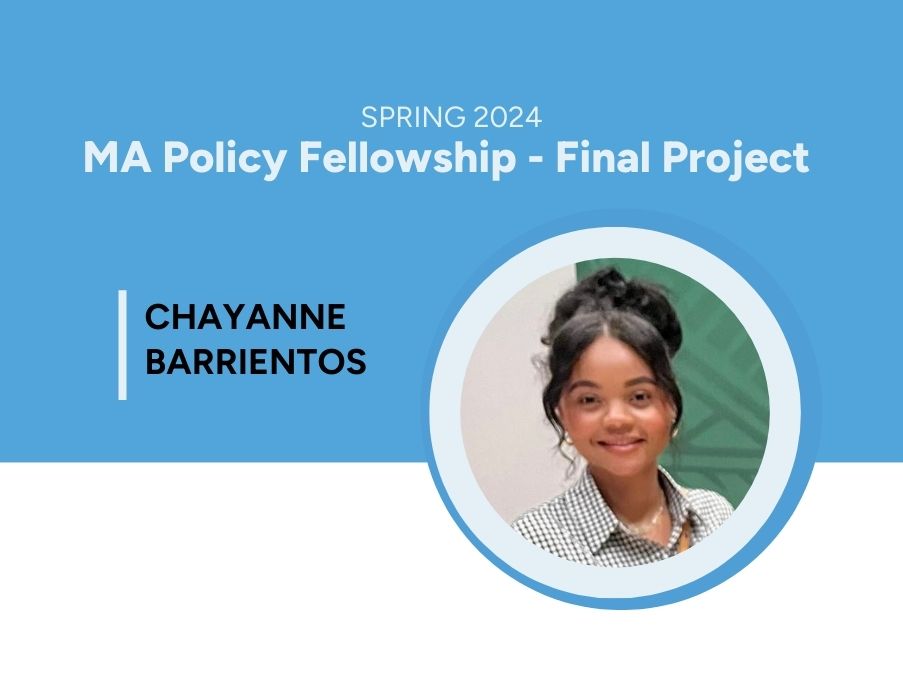
Growing Up in Weston, MA - A Middle-Class Student’s Perspective on Legacy Admissions
Blogs
.jpg)
Case Study: uAspire Connects Students to Post-Secondary Success

Guiding Students Through Financial Aid Offers Amid FAFSA Changes

FAFSA ‘train wreck’ rollout makes it harder to get to college. What went wrong?
In the Media
.jpg)
Master Narrative of College Access Belies Reality for Today’s Students
Blogs

College financial aid: How to navigate offers in one of the most challenging seasons yet
In the Media

College Uncovered: Buyer Beware
For Students

OPINION: With financial aid processes more broken than ever, here’s what families can do
For Students

Briefing at Boston State House explores universal FAFSA

The Price Isn't Right: The Case for Financial Aid Offer Transparency

FAFSA delays put pressure on overstretched school counselors in Mass.
In the Media

New York Students, Advocates, and Allies Call for Universal FAFSA Policy

What We’ve Learned Since the FAFSA Launch
-(1).png)
Scholarship Support
Blogs

Briefing: Universal FAFSA Policy to Promote College Access in Massachusetts

College Students' Guide to Renewing the New FAFSA
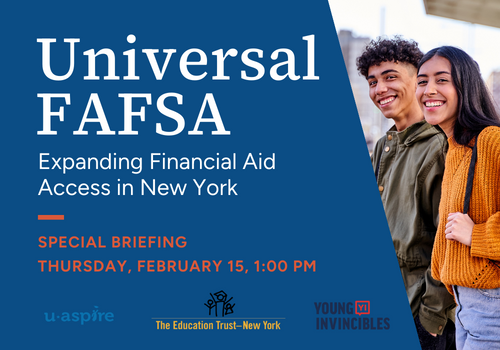
Universal FAFSA: Expanding Financial Aid Access for New York Students

uAspire can help you with the FAFSA at Capital One Cafes
For Students
.png)
What can I do after high school?
Blogs

5 Tips to Complete the 25-26 FAFSA
Blogs
.png)
10 Things to Know About the New FAFSA
Blogs

How to Support Students Through the New FAFSA Timeline
Blogs

Financial Aid Offer Review
Webinars & Training

Summer Steps for Financial Aid
Webinars & Training
.png)
How to Decipher Your Financial Aid Offers
Blogs
.png)
How to keep your financial aid throughout college
Blogs
.png)
You’re at the Finish Line! Steps to Prepare for Life After College
Blogs
.jpg)
Don't Let Scholarships Negatively Affect Your Financial Aid
Blogs
_resize-tiny.png)
Making a College List? Use These Tools to Factor in Affordability
Blogs
.png)
Your College Decision: How to Find the Right Fit
Blogs
.jpg)
Spring 2025 Policy Fellowship Application
Blogs
-(1).jpg)
Supporting Students Before the FAFSA Opens
Blogs

Mass. should add another high school graduation requirement
In the Media

uAspire Announces New CAO, Valeria Wells
Blogs

uAspire's Student Advisory Board
Blogs
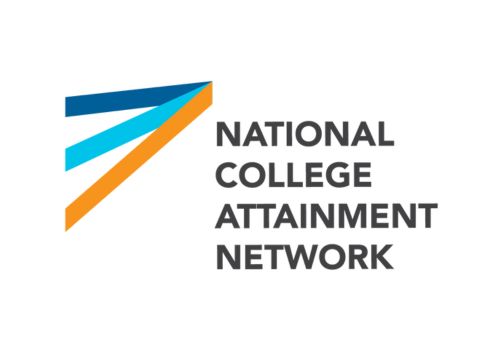
New Federal Regulations Require Clearer Financial Aid Offers and Ban Most Transcript Withholding
Blogs
-(500-x-350-px)-(2).png)
A New Effort to Make College Aid Offers Easy to Understand
In the Media
.png)
uAspire Advisors Welcome Back Students
Blogs

Financially Safer Schools Framework
Blogs
.jpg)
College Tuition Payment Plans Can Stick Students With Exorbitant Fees: Report
In the Media
-(6).png)
FAFSA Is Getting a Makeover, Here's What You Need to Know
In the Media
.png)
Move-In Costs For College Freshmen Have Risen Faster Than Tuition
In the Media
.jpg)
Who pays for food, tech and gas during college? How to set a budget beyond tuition.
In the Media
.png)
COE’s Dr. Terry Vaughan III Appointed to uAspire Board
In the Media

College Access Groups Fear Impact of Outsourcing Guidance
Policy
.png)
Celebrating uAspire's Last Dollar Scholarship Recipients
Blogs
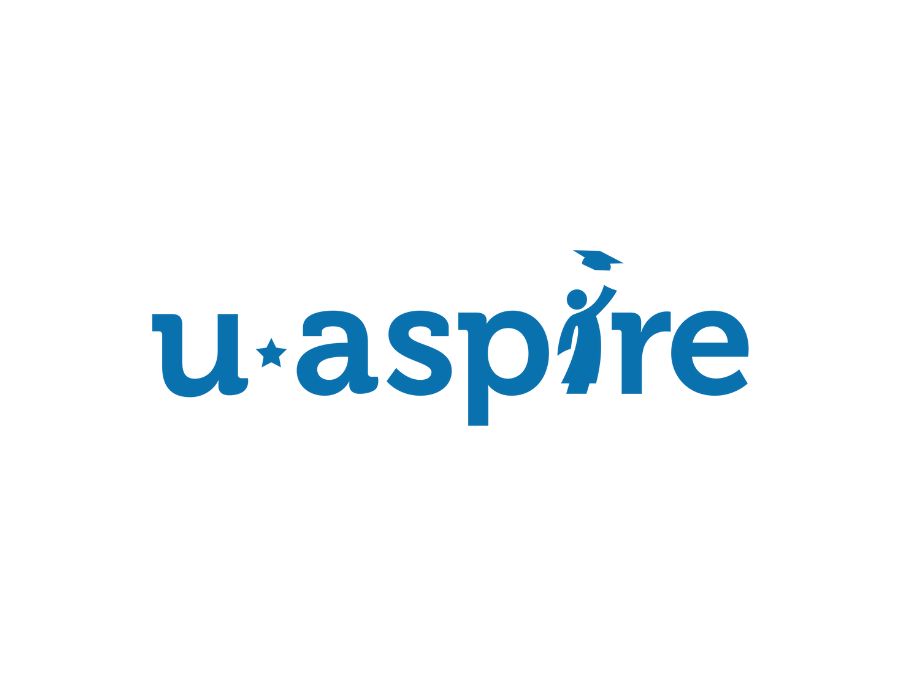.png)
uAspire Denounces Supreme Court Rejection of Affirmative Action
Blogs
-(5).png)
Education Advocates Call on Legislators to Invest in Higher Education
In the Media
.png)
Ways to Pay for College
Blogs
-(500-x-350-px).png)
What should I do junior year to prepare for college?
Blogs
.jpg)
Advocates Host MA State House Briefing on Public Higher Ed Finance
Blogs
.png)
Summer Steps to Take Before College
Blogs
.png)
How Much Money Should You Borrow for College? Experts Offer Some Hard Truths
In the Media
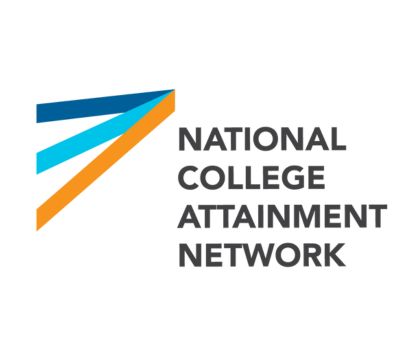-(18).jpg)
New Guide, Research Both Explore Universal FAFSA Policies
In the Media
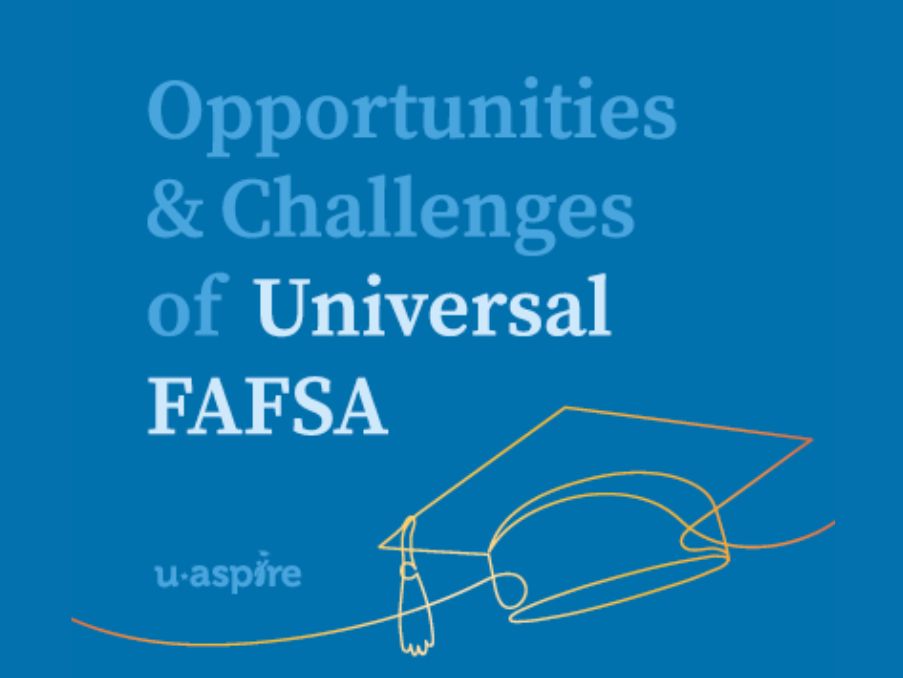.jpg)
Opportunities & Challenges of Universal FAFSA
Blogs
-(15).jpg)
Requiring seniors to complete the FAFSA
In the Media
-(16).jpg)
Lawmakers want all Mass. students to apply for federal student aid
In the Media
-(14).jpg)
Mass. Board of Higher Ed discusses bill to make federal financial aid submissions mandatory
In the Media
.png)
Yes, Colleges Really Can Cut Your Financial Aid if You Win Other Scholarships
In the Media
.png)
Creating an Equitable Universal FAFSA Policy for New York Students
Blogs
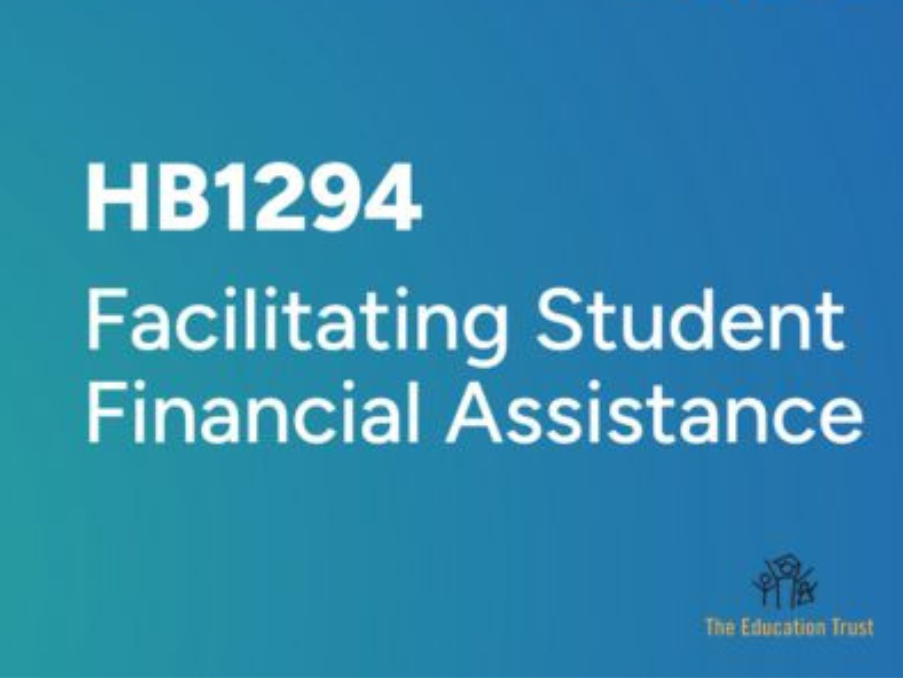.png)
Supporting Universal FAFSA in Massachusetts
Blogs
-(8).jpg)
Students Deserve Simpler Fin Aid Offers, the Understanding the True Cost of College Act Will Help
In the Media
.png)
As colleges quit US News rankings, how do you pick a school?
In the Media
Higher ed chair backs $335M in new aid investments
In the Media
-(1)-(1).jpg)
Mass Higher Ed Advocates Urge More Investment In Students
In the Media
-(3).jpg)
Event Recap | The Time is Now: Ending the College Affordability Crisis in Massachusetts
In the Media
-(4).jpg)
MA Advocates of Higher Ed Set Goals for Fair Share Revenue
In the Media
.png)
Low-Income Students Can Get More Money to Help Pay for College This Year
In the Media

uAspire’s Guide to Finding and Applying to Scholarships
Blogs
-(small).png)
Five Tips for Completing the CSS Profile
Blogs

GAO Report on Financial Aid Offers Shows Little Has Changed, Progress is Needed
Blogs

Board of Higher Ed to recommend doubling financial aid, updating how colleges retain revenue
In the Media
.png)
Advocates call on Legislators and Healey-Driscoll Administration to act on Board of Higher Education
Blogs
.jpg)
uAspire: Financially Safer Schools
In the Media
.png)
uAspire Advisors Welcome Back Students
Blogs

Making a College List? Use These Tools to Factor in Affordability
Blogs
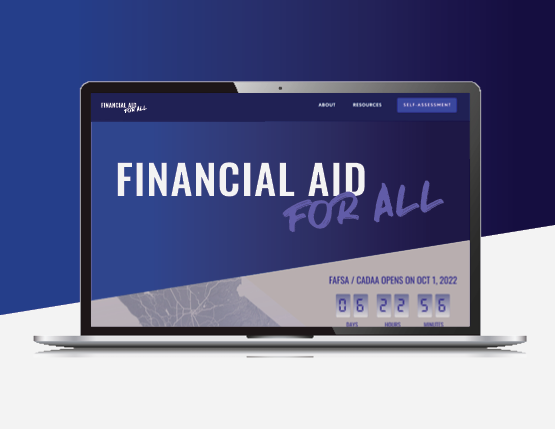
Financial Aid for All Website Launches
Blogs
.png)
You’re not imagining it, furnishing a dorm room really does cost more this year
In the Media
-(6).png)
WinnCompanies Scholarships Top $575K to Community Residents, Staffers’ Children
In the Media
-(1).jpg)
WinnCompanies Awards Scholarships to 60 Residents of Apartment Communities in 11 States and 10 Child
In the Media
.png)
Celebrating uAspire's Last Dollar Scholarship Recipients
Blogs

uAspire Student Policy Fellows Spotlight
Blogs

uAspire Student Alums Spotlight
Blogs
-(2).jpg)
A Pragmatic Playbook for Impact
In the Media
-(5).png)
League of Women Voters’ Civic Social features Access To Town Meeting Committee progress report
In the Media

First Ones 2022
Blogs
-(4).png)
Transcript: Jonathan Lavine
In the Media

College financial aid troubles follow those who received pandemic unemployment benefits
In the Media

Jobless benefits’ unintended fallout: Reduced college financial aid
In the Media

3 Ways College Financial Aid Letters Can Confuse Families — and What to Do About It
In the Media
.png)
Kids and Money: Where to get free help filing the FAFSA
In the Media

Student Debt Impact
Blogs
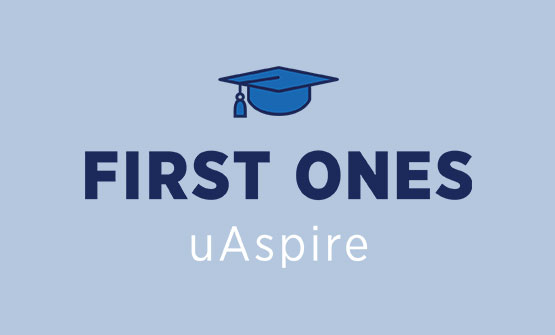
First Ones Honorees
Blogs

Colleges Improve Financial Aid Offer Communication to Promote Student Success
Blogs
.png)
Support uAspire this Giving Tuesday
Blogs
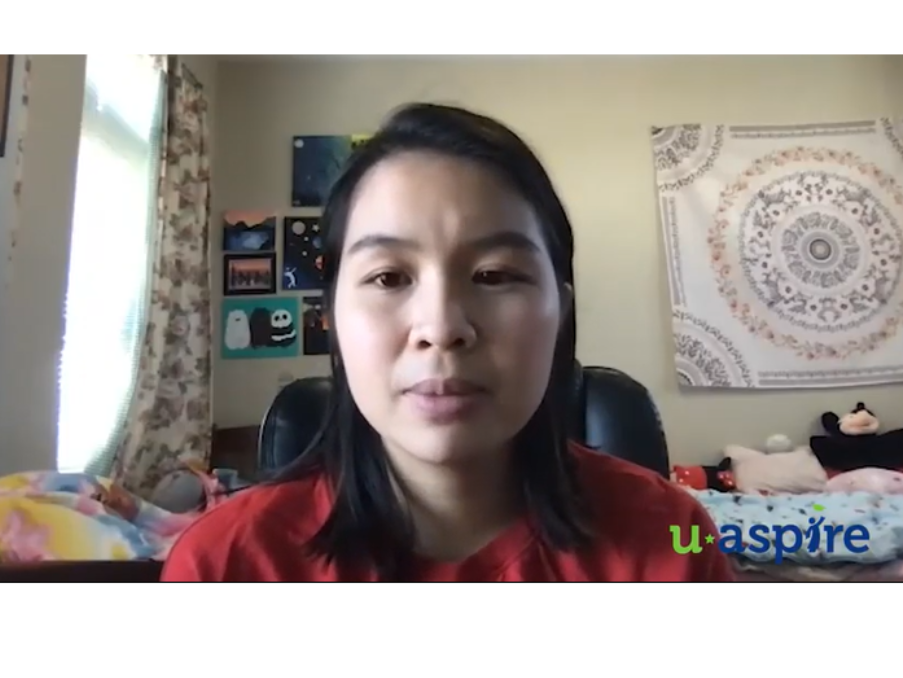.png)
Thank you from our students
Blogs

MassBay and uAspire Partner to Increase FAFSA Completion
Blogs

Bristol Eastern will take part in Connecticut FAFSA challenge
In the Media
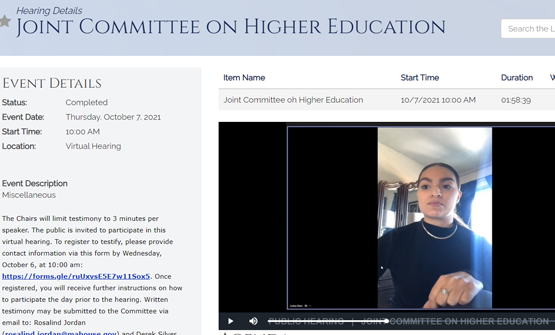
Support the Massachusetts Hunger-Free Campus Initiative
Blogs

This Community College Degree Can Earn You $113,000. This Stanford One Just $24,000
In the Media

Lamont: 40 Schools to Participate in FAFSA Challenge
In the Media

Governor Lamont Announces 40 High Schools Selected To Participate in Connecticut FAFSA Challenge
In the Media

Bill Draws Bright Lines on Student Transcript Access
In the Media

Attending College Next Year? It’s Time to File Your FAFSA to Find Out About Financial Assistance
In the Media

Will a new program increase access to college? Framingham and Milford students say it does.
In the Media

Report Examines Lack of Financial Aid Among College Students in Massachusetts
In the Media

Report Examines the Lack of Financial Aid Among College Students in Massachusetts
In the Media

Financial aid packages still burden students with debt, report finds
In the Media

Gloucester woman testifying for hunger-free campus initiative
Policy

SSU student testifying for hunger-free campus initiative
In the Media
.png)
What’s New on the 2022-2023 FAFSA
In the Media

uAspire Spearheads Letter Urging Congress to Allow College Students Access to Food Assistance
Blogs
.png)
uAspire Advisors Welcome Back Students
Blogs

What’s Changing in the New FAFSA and What’s Not
In the Media

Application for the 2022 Student Advocacy Fellowship Opening Soon
Blogs
.png)
How Much College Debt Should Students and Parents Take On? Here’s How to Figure It Out.
In the Media

Financial aid is complicated, the value of simplifying it is easy to understand
In the Media

New CA law encourages students to cash in on free financial aid
In the Media

Celebrating uAspire's Last Dollar Scholarship Recipients
Blogs

Groups Ask ‘U.S. News’ to Exclude SAT and ACT Scores
In the Media

What You Need to Know About Campus Health Insurance
In the Media
.png)
An Open Letter to The Editors of US News and World Report’s Best Colleges Rankings
In the Media

SFUSD College Ambassador Program Paves Students’ Path to College
In the Media
.png)
Partnering for Impact
Blogs

There’s Still Time to Reignite College Aspirations for the Class of 2021
In the Media
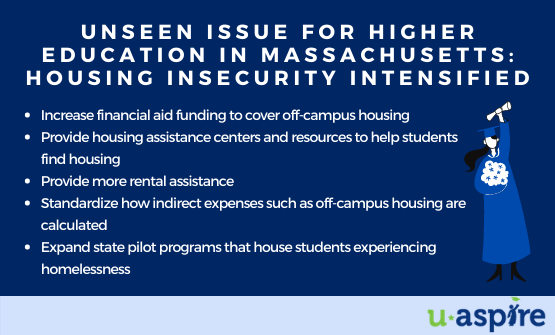
Unseen Issue for Higher Education in Massachusetts: Housing Insecurity Intensified
Blogs

You still have time to ask colleges for more financial aid
In the Media
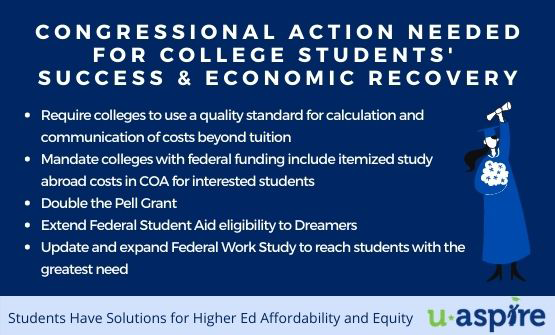
Congressional Action Needed for College Students’ Success & Economic Recovery
Blogs
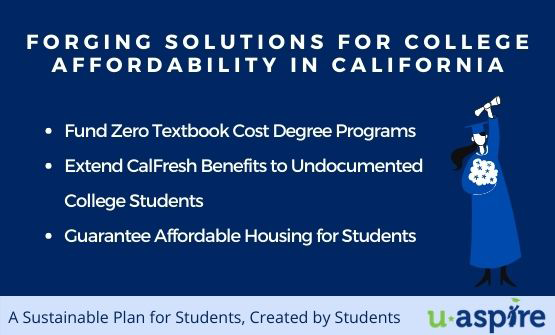
Forging Solutions for College Affordability in California
Blogs

How To Compare Financial Aid Offers In The Age Of Covid-19
In the Media

Your Guide to Decoding Financial Aid Letters and Choosing a College You Can Afford
In the Media
.png)
Redefining Student Support
Blogs
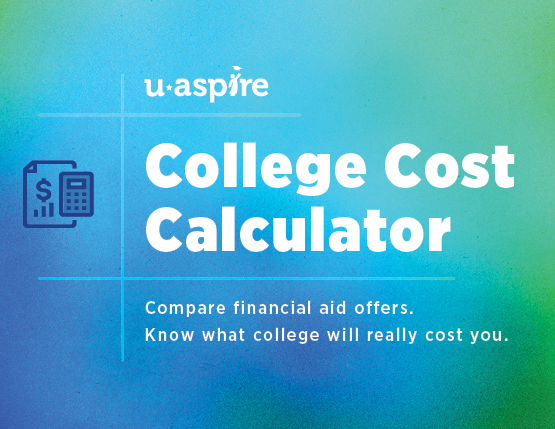
uAspire's College Cost Calculator
Blogs
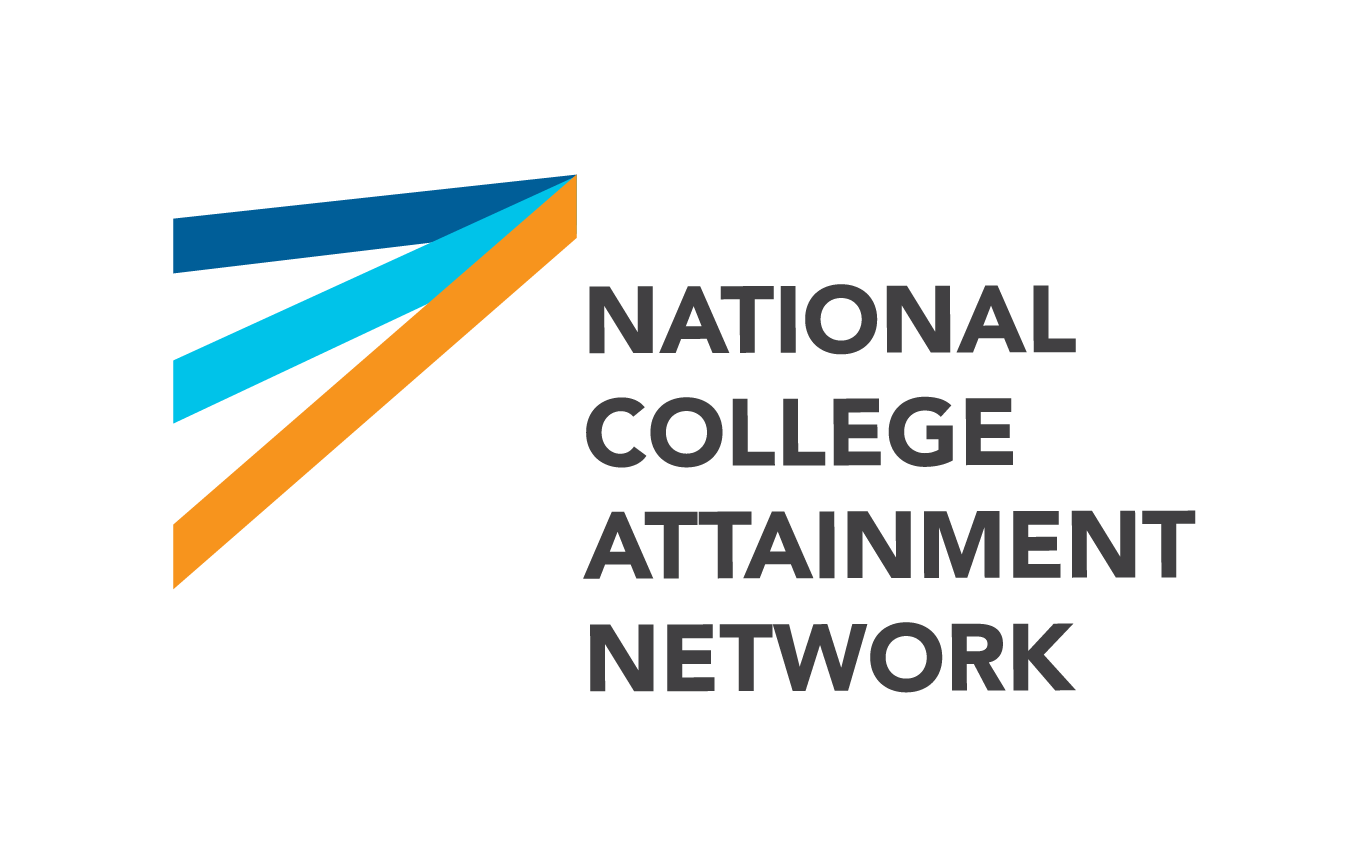.png)
A Quick Guide to Financial Aid Award Letters
In the Media

California must go all in for financial aid
In the Media
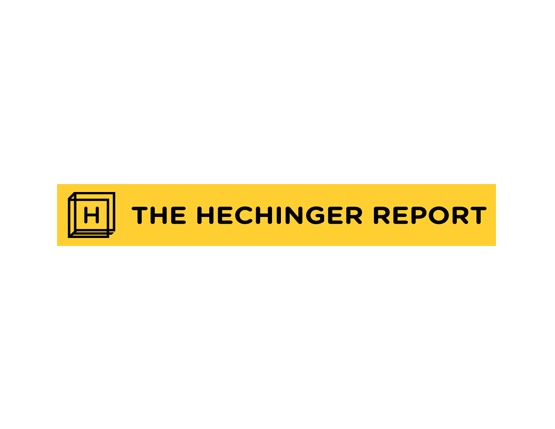
As admissions season descends, wealthier applicants once again have the advantage
In the Media
.png)
Racial equity at the forefront—inside and outside uAspire
Blogs

California governor proposes dual-admissions pathway for community college students
In the Media

Reform financial aid for students so that housing is not an incredible burden
In the Media

Students Need Pell Grants to Double
In the Media

OPINION: Nothing can replace relationships between students and advisers, but some tools make a big
In the Media

Cost of College Includes Hidden Expenses for Textbooks, Course Materials
In the Media

How Do Student Loans Work? — Interview With Holly Morrow, Sr. VP, Knowledge, uAspire
In the Media
.png)
Solutions Students Need to Cover the Real Cost of College
Blogs

Op-Ed: Students Should Not be Studying on Empty Stomachs
In the Media

Announcing Jaclyn Piñero as new CEO
Blogs
.png)
Where Parents and Students Can Get Help With the Fafsa
In the Media
.png)
A Time of Optimism for College Affordability
Blogs
.png)
uAspire Joins RaiseUp Massachusetts’ Invest in Our Recovery Campaign
Blogs
.png)
Zeroing in on Student Advising, a Foundation Aims to Pave the Path to College
In the Media

Some Colleges Eye New Student Fees to Cover Virus Costs
In the Media

Report: Costs Beyond Tuition Hold Older College Students Back
In the Media

Do Students Need a Bill of Rights?
In the Media

New Fee on Some College Bills: It’s for the Virus
In the Media
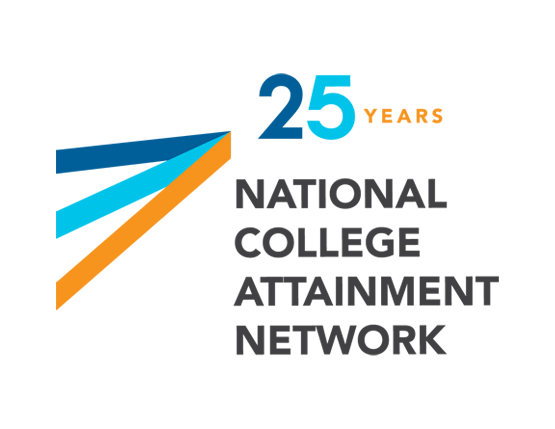
NCAN Alumni Spotlight: Elsa Martinez-Pimentel, uAspire Alum
In the Media
.png)
uAspire Last Dollar Scholarship Awarded to Greater Boston Students
Blogs

The ‘Indirect’ Costs at College Can Involve Nasty Surprises
In the Media

State Must Fulfill its Promise to Underserved Students
In the Media

New Effort Aims to Lift City’s Valedictorians
In the Media
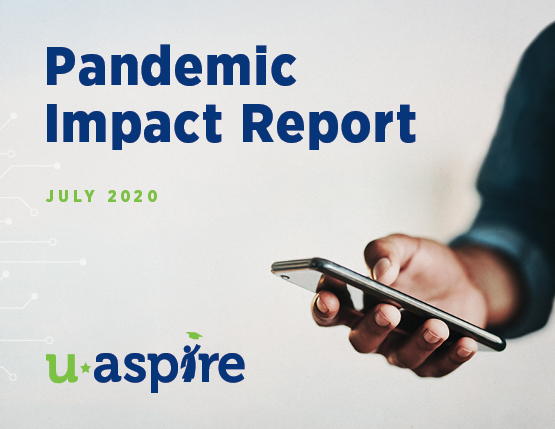
uAspire Pandemic Impact Report
Blogs

Report: Students Struggle to Find Accurate Estimates for Non-Tuition Costs
In the Media

Inconsistent Information on Indirect Expenses
In the Media
.jpg)
Indirect Expenses for Students Often Outweigh Tuition, But Are Hard to Identify, Report Finds
In the Media
.jpg)
Students Tackle Costs #BeyondTheCollegeBill During Virtual Advocacy Week
Blogs

Our Work During COVID-19, Part 3
Blogs
.png)
Time for Action
Blogs

Warriors Community Foundation Supports uAspire During NBA Hiatus
Blogs

Our Work During COVID-19, Part 2
Blogs

Student-Centered Solutions Needed During COVID-19
Blogs

Already, universities Are Planning for a Fall Without Students on Campus — Just in Case
In the Media
.png)
uAspire Virtual Town Hall
Blogs

Coronavirus Makes the College Try a Challenge for High School Seniors
In the Media

Our Work During COVID-19, Part 1
Blogs

SAT Tests Canceled. College Tours on Hold. High School Juniors Struggle With Life Ahead
In the Media
Letter Urging Congress to Address Needs of Students During COVID-19 Outbreak
Blogs

Want to Help Schools Closed by COVID-19? Don’t Pitch Them Right Now.
In the Media
.png)
Tips for Decoding College Financial-Aid Offers
In the Media

Spotlight: Betty Francisco, Compass Working Capital
Blogs

Spotlight: Emanuel Cabrera, EY
Blogs
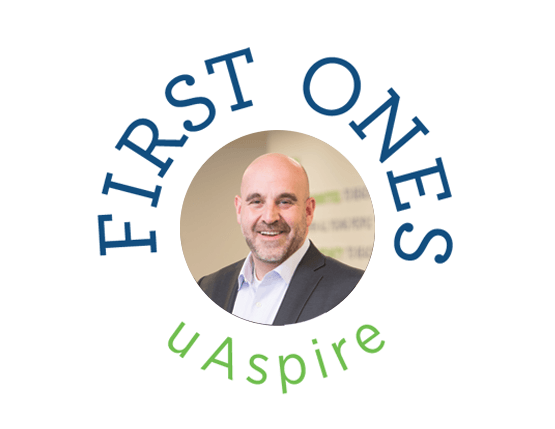
Spotlight: Bob Gianninno, uAspire
Blogs
.png)
Spotlight: Greg Shell, Bain Capital
Blogs

Spotlight: Cynthia Rivera Weissblum, Edwin Gould Foundation
Blogs

How Buying A Mattress Is Like Choosing A College
In the Media
.png)
Spotlight: Simone Hill, Omidyar Network
Blogs

Community Foundation Increases Student Financial Aid Support Through New Partnership
In the Media

A Glimpse Into “Virtual” Advising
In the Media

Paying for College: What Experts Say Parents Should do to Prepare
In the Media

Can ‘Pay for Success’ Boost Post-secondary Outcomes?
In the Media

Flipping the Classroom to Teach Disability Inclusion Practices
In the Media

Taking a Gap Year? Fill Out the Financial-Aid Forms Anyway
In the Media

In Mass., with College Closure Threat Growing, State Seeking New Powers
In the Media

Massachusetts Considers Enhanced Monitoring of Colleges and Universities as Closure Threat Grows
In the Media
.jpg)
College Affordability Advocates: What Comes After the Admissions Cheating Scandal?
In the Media

OPINION: Three Ways to Help More Low-Income Students Get Through College
In the Media

New Bipartisan Bill Aims to Help Students Understand the True Cost of College
Three Questions for Giuseppe Basili
In the Media
.png)
uAspire Students Advocate for Reforms on Capitol Hill
Blogs

Even With ‘Free Tuition,’ Equity Can Be Elusive
In the Media

Legislation Looks Into College Financial Aid Letters
In the Media

Cassidy Announces 166 Higher Education Endorsements of College Transparency Act
In the Media

How To Calculate The Cost Of College: A Guide To Financial Aid Terms
In the Media
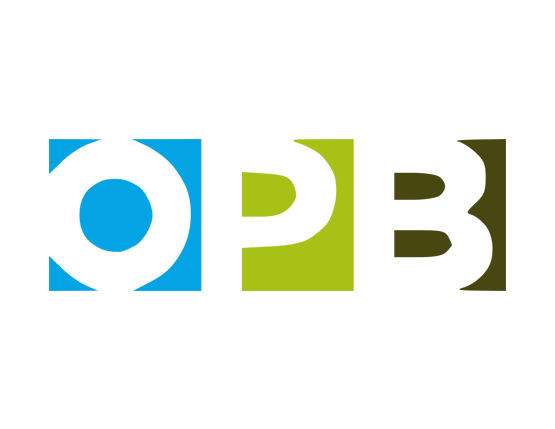
Confused By Your College Financial Aid Letter? You're Not Alone
In the Media

City Visions: College Success Without the Scandal
In the Media

Working within the System: A Conversation about Challenges and Opportunities
In the Media

Feds Recommend Colleges Clarify Financial Aid Offers
In the Media

Ed Dept Gives Guidance on Transparent Financial Aid Offers
In the Media

Access Begins with Affordability
In the Media

How Much Is Higher Education Really Going To Cost?
In the Media

Before Deciding on a College, Look Closely at the Financial Aid Letter
In the Media
.png)
Letter To Congress On Financial Aid Offer Letters
In the Media

Redesigning the Financial Aid Offer Letter at the University of Pennsylvania
In the Media

Here's What To Do Before Saying 'Yes' To College Financial Aid (Opinion)
In the Media

The Value Of Financial Literacy And Self-Advocacy
In the Media

Check That Financial Aid Letter Before Making Decision On College
In the Media

How to Decipher Those College Financial Aid Offers
In the Media

Cal State Application Fees Expected To Rise To $70 Per Campus Amid Access Concerns
In the Media

uAspire Hosts Inaugural New York First One Awards Event
Blogs
.png)
uAspire Raises $326,000 To Fund New York City College Affordability Assistance Program
Blogs

uAspire/GBREB Foundation Scholarship Leadership Breakfast Raises Record $572,000
In the Media

uAspire Raises $572K at Annual Leadership Breakfast, a Record
In the Media

Financial Wellness How-Tos: Preparing Families for the Real Cost of College
In the Media

College Admissions Scandal Reveals Vast Inequalities in Higher Education
In the Media
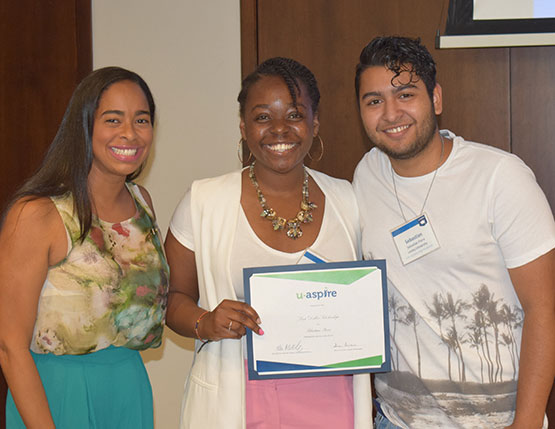
uAspire Last Dollar Scholarships Awarded to 16 Greater Boston Students
Blogs

Some Colleges Target Jargon in the Name of Student Success
In the Media

Financial Aid Offerpalooza
In the Media

Priced Out of a Dream: Staunton Woman Struggles to Find Her Way Back to College
In the Media
.png)
Here’s A No-Brainer: Students Should Know What Their College Costs Will Be
In the Media

Jeannie and Jonathan Lavine Donate $7.5 Million to uAspire and Launch Matching Gift Challenge
Blogs

When It Comes to Borrowing for College, It Pays to Do Homework
In the Media

Why Finding Out How Much a College Costs is Harder Than it Looks
In the Media

Colleges Provide Misleading Information About Their Costs
In the Media

Improvements to FAFSA Eagerly Anticipated
In the Media

Two-Thirds of College Students Take On Debt, but Amount Is Rising More Slowly
In the Media

Lawmakers and uAspire Gather at MA State House to Address College Affordability
Blogs
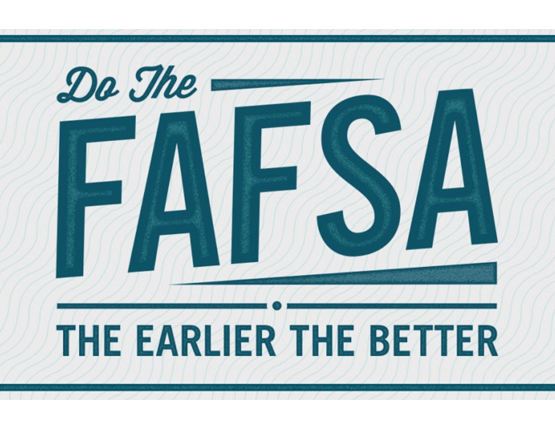
uAspire’s Top 5 FAFSA Tips for Students
Blogs

uAspire Supports Students and Their Counselors on NY DREAM Act Application
Blogs
.png)
It’s Right There In the Name: The College Affordability Act
In the Media

The Case for Price Transparency
In the Media
.png)
Everything to Know About Saving Money for College, According to Experts
In the Media
.png)
uAspire Launches Student Advocacy Fellowship
Blogs

OPINION: Let’s Make the FAFSA Required for a High-School Diploma
In the Media
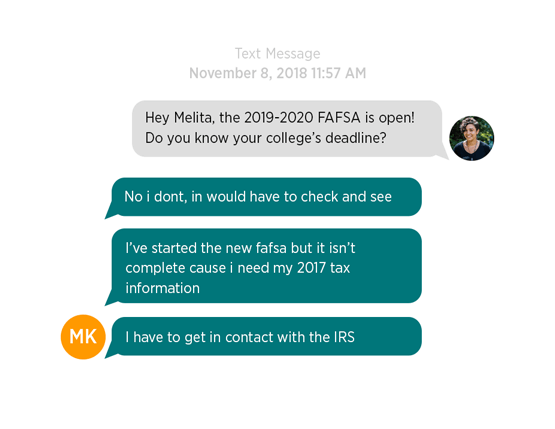
FAFSA Advising "IRL": Our Work in Action
Blogs

uAspire Applauds 2019 Congressional Efforts on Financial Aid Offers
Policy
.png)
uAspire Celebrates Passing of FUTURE Act
Blogs

Confusion Still Reigns Over Student Aid. Here’s Why.
In the Media

OPINION: Six Lessons from Louisiana about Helping Students Obtain Federal Aid for College
In the Media

uAspire Testifies Before U.S. Senate Education Committee on College Affordability
Blogs

Why is it So Difficult to Figure Out How Much You’re Going to Pay for College
In the Media

Mass. Students Borrowing More to Attend Public Universities
In the Media

Ep 22: College Affordability with Bob Giannino and Allie Negron of uAspire
In the Media

How to Find a College You’ll Love
In the Media

You Got Into College. Congratulations! Here's the Bill
In the Media

On College Success: A conversation with Bob Giannino, uAspire
In the Media
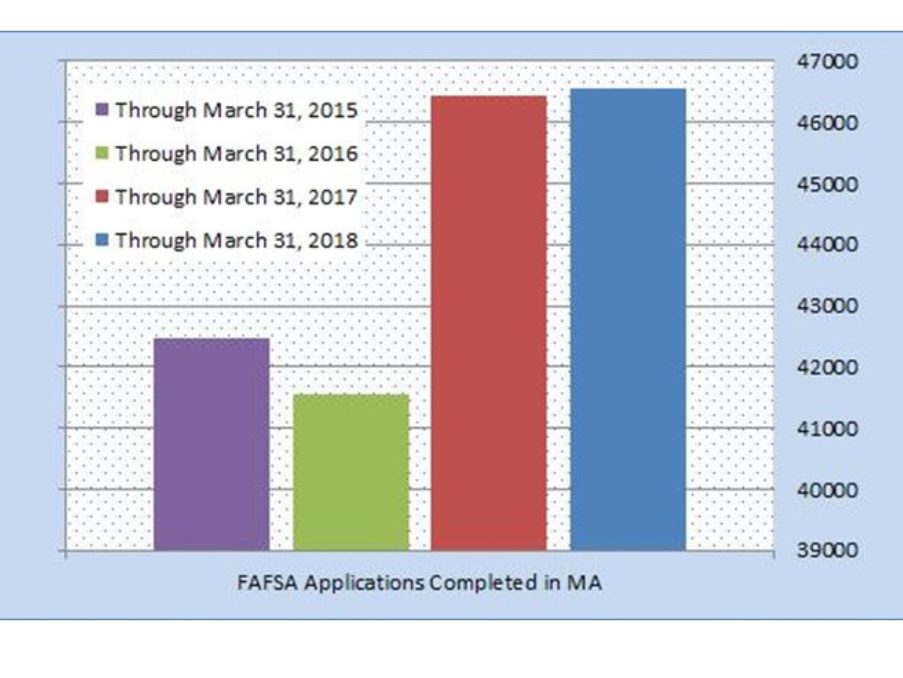.png)
The Early Bird Still Gets the Worm: Early FAFSA and PPY in Year Two
Blogs

How Schools and Startups Are Hacking College Affordability
In the Media

Financial Aid Letters Often Hide the Real Cost of College
In the Media
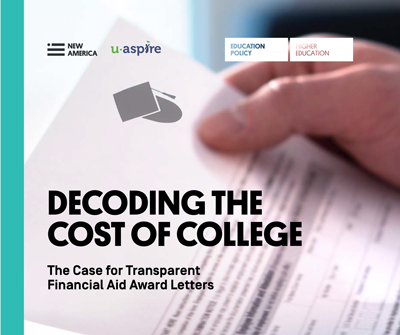
uAspire and New America Release “Decoding the Cost of College”
Blogs

College Financial Aid Woefully Inadequate To Cover Costs Claims New Study
In the Media

Study: College Financial Aid Award Letters Lack Clarity, Transparency
In the Media
.jpg)
The Confusing Information Colleges Provide Students About Financial Aid
In the Media

Financial Aid Letters Are Really, Really Confusing
In the Media

36% of Colleges Are Hiding the Cost to Students
In the Media

Why Are College Costs Less Clear Than Car Prices?
In the Media
.png)
Financial Games Colleges Play
In the Media
.jpg)
A Deep Dive Into New Research on Financial Aid Award Letters
In the Media
.png)
Why Your College Financial Aid Letter May Be Misleading
In the Media

Why 20-Somethings Make Terrific College Counselors for Low-Income Students
In the Media

Ethical College Admissions: Financial Aid Transparency
In the Media

Momentum Grows to Increase Transparency and Consistency of Award Letters—NASFAA Signs On
Blogs

Why So Many Poor Kids Who Get Into College Don’t End Up Enrolling
In the Media

College-Bound? The Fees Could End Up Being a Big Surprise
In the Media
.jpg)
Meet Bay Area Board Member Casey Johnson
Blogs

Tips for How to Pay Back Student Loans
In the Media

Colleges Need to Clarify Just How Much Tuition Really Costs
In the Media

Editorial: Colleges Need to Clarify Real Tuition Costs
In the Media

Editorial: Colleges Should Clarify True Cost of Tuition
In the Media

The Trouble With College Finances
In the Media
.png)
Meet National Board Member Nadine Duplessy Kearns
Blogs

TIAA Unveils the TIAA Difference Maker 100
In the Media

4 Ways Parents (and Their Students) Can Avoid the College Debt Trap
In the Media
.png)
Meet Bay Area Board Member Amit Patel
Blogs

Repayment Options for Student Loans
In the Media

College Possible Receives Inaugural Evergreen National Education Prize
In the Media
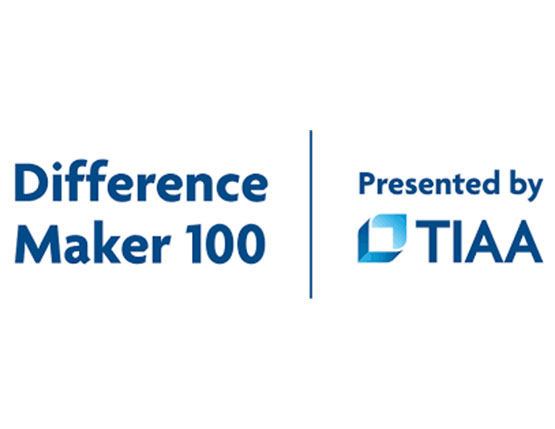
TIAA Recognizes uAspire SF Bay Area Advisor for Work Helping Black Students Pay for College
Blogs

New Data Show Some Colleges are Definitively Unaffordable for Many
In the Media
.png)
Early Admission’s Effect on Financial Aid
In the Media

Some Colleges are Totally Unaffordable, and This Tool Proves It
In the Media

Parent’s Guide to the FAFSA and Federal Student Aid
In the Media

136 Names for a Student Loan
In the Media
.png)
uAspire Launches College Affordability Advising in NYC
Blogs

uAspire Announces Partnership with CollegeBound Initiative to Launch College Affordability Advising
In the Media
-(1).png)
Statement of Bob Giannino, uAspire CEO, on the Trump Administration Decision to End DACA Program
Blogs

How Parents Can Help Their Children Avoid Regretting Their College Debt
In the Media

Update on uAspire Partnership with MA Attorney General
Blogs

uAspire Event in San Francisco’s Bayview Helps African American Student’s Prepare for College
Blogs

The Long Story of the Movement Toward College Cost Clarity
In the Media

uAspire Announces Jaclyn Piñero as New Bay Area Executive Director
Blogs

uAspire Hosts 4th Annual College Affordability Lab
Blogs

How Trump’s DACA Decision Affects Colleges and Students
In the Media
.png)
How a Text Message Might Boost College Enrollment
In the Media

uAspire's Exec Director Offers a Quick Lesson on Impact of Higher Ed Costs
In the Media

5 Numbers to Check to Compare Financial Aid Awards
In the Media
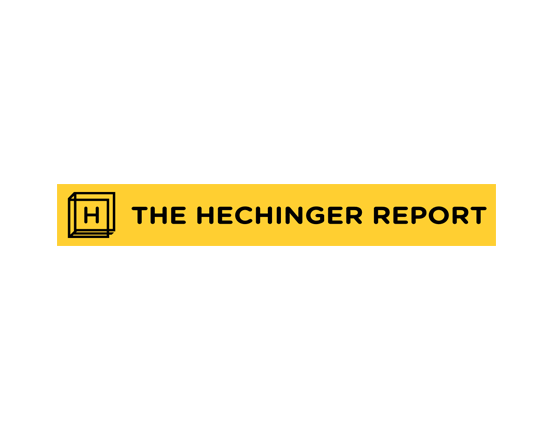.png)
Placement Rates, Other Data Colleges Provide Consumers Are Often Alternative Facts
In the Media
.png)
Student Loan Debt
In the Media

uAspire Partners with MA Attorney General
Blogs
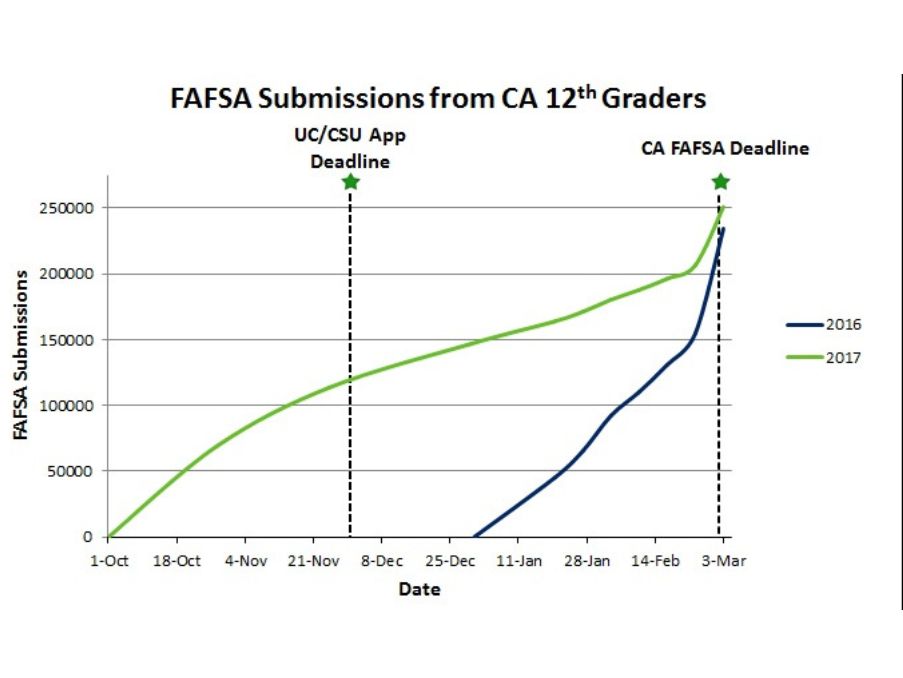
The Results Are In: Assessing the Preliminary Impact of Early FAFSA
Blogs

Can Behavioral Science Help in Flint
In the Media

College Affordability Day 2017
Blogs

uAspire’s MBSK Initiative Hosts Black Family FAFSA Frenzy
Blogs

uAspire: Applying for College Financial Aid
In the Media

The College Debt Crisis is Even Worse Than You Think
In the Media

Why Upperclassmen Lose Financial Aid
In the Media

College Financial Aid Letters Just Got a Little Better (to Read, Anyway)
In the Media

New Twist to Tech Donations: Google Promotes Racial Justice
In the Media

State Street Bank to Create 1,000 Jobs for Inner-city Youth
In the Media

Confusing Financial Aid Letters Leave Students, Parents Adrift
In the Media

Making an Affordable College Choice
In the Media

Make College Costs Manageable for the Entire Family
In the Media

Advisors Work to Freeze 'Summer Melt,' Get Students to College
In the Media

Stopping 'Summer Melt' and Getting More Kids to College This Fall
In the Media

Using Text-Message Reminders to Boost Student Persistence
In the Media

Why Some Students Are No-shows on the First Day of College
In the Media
